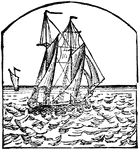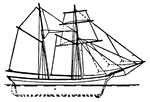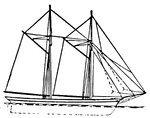Search for "schooner"
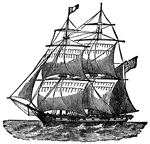
Brig
A sailing vessel with two masts rigged like the foremast and mizzen-mast of a full-rigged ship.

Confederate Schooner
"Bird's-eye view of the burning of a Confederate schooner in Quantico or Dumfries Creek, Potomac River,…

Shannon
"Firing on the schooner Shannon, laden with ice, from the battery on Morris Island, Charleston…
Ogeechee River
"Reconnoissance in the great Ogeechee River, near Ossabaw Sound, Ga., by the ironclad monitor Montauk,…

Che-Kiang
"The Banks Expedition- a Confederate Schooner running into the United States transport Che-Kiang,…
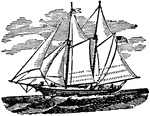
Schooner
A sailing vessel with two or three masts. Vessels of this class are built for fast sailing and are provided…

Schooner
"A vessel with two or more masts, fore and aft rigged, whose main and fore sails are extended by gaffs…
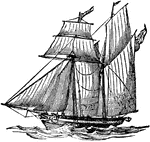
Schooner Ship
A small fast-sailing sharp-built vessel with two mass, and the principals sails of the fore-and aft…
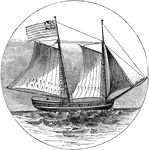
The Royal Savage
Royal Savage, a two-masted schooner, was damaged and sunk by American forces under Richard Montgomery…

Stagecoach and Prairie Schooner
"Modes of travel in the West. An old stage-coach and prairie schooner." -Gordy, 1916

Wind-Powered Sailboat
First used by the Dutch in the 16th and 17th centuries and later refined in North America from the early…
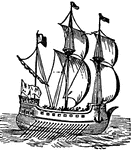
Galley (ship)
A Galley is a low, flat-built vessel furnished with one deck.It was primarily employed by the Romans,…

